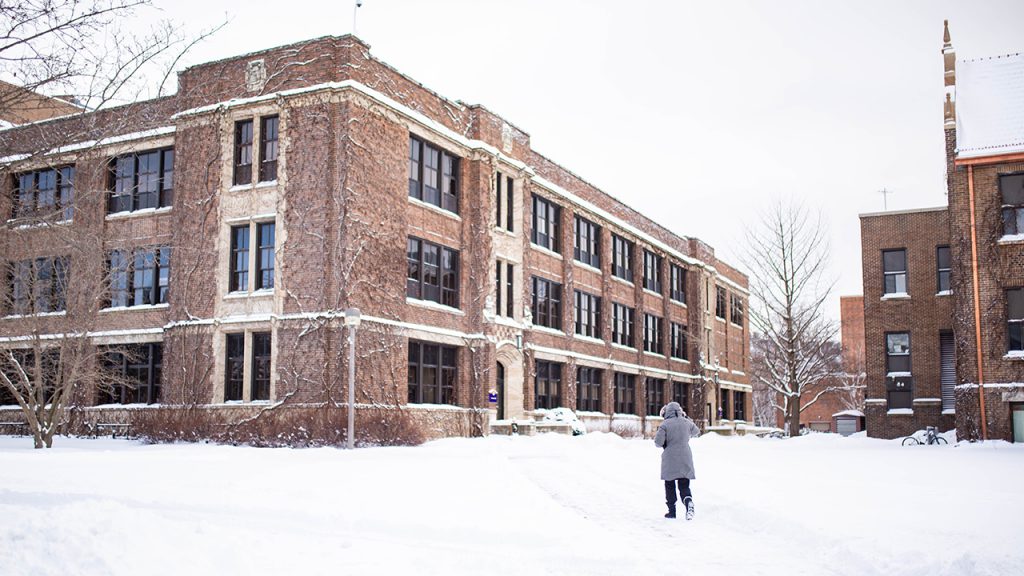Every year we experience these below freezing temperatures and snow that goes up above our ankles, but each year I find myself surprised at how unprepared I am. Just this week I had to scramble to find my ice scraper to make sure I wasn’t late to work.
Even if you are only outside for a short amount of time, cold exposure on the skin can be dangerous. Frostbite in these temperatures only take minutes to set in. According to Mayo Clinic, frostbite can occur in temperatures under 5 degrees Fahrenheit even with low wind speeds and frostbite can occur in under 30 minutes when exposed.
There are some important things to remember during this time of the year that will make for a safer commute whether you are walking or driving. I have lived in Minnesota for 4 years and I still often forget just how cold and brutal our winters are.
Some things to remember when it’s below freezing and snow is falling include:
1. Keep an extra blanket or jacket in your car.
Sometimes extreme winter weather can cause cars to become un-drivable and can leave you stranded. This can be very dangerous because although you are inside the car, you will need at least another layer to keep you warm until help arrives.
2. Keep gloves, hat and a scarf on you at all times.
Bundle up for the class commute! Since I live close and walk, I wear thick socks, tall winter boots, my parka, a hat, a large scarf and mittens. It’s so easy to get frost bite quickly in below freezing temperatures, so it’s safer to bundle up!
3. Don’t go outside without a thick jacket.
This could sound like common sense to some of us, but it might not be as common as we think. Cover all your skin when facing the outdoors to prevent frostbite and from catching a cold.
4. Keep a small shovel and car scraper in your car.
I keep my scraper and brush in the trunk of my car for when I need to brush off snowfall or scrape off ice. I use this almost every day in the month of January and I don’t know what I would do without it.
5. Invest in some thick socks.
Nothing is worse than having cold feet and toes because it makes the rest of the body temperature cooler and when your feet are cold or wet, they are more susceptible to frostbite and even hypothermia. Thick wool socks are good for keeping your feet toasty and safe from the winter chill.
6. Avoid going outside with wet hair.
This one can be tough when you don’t have the time or patience to blow dry your hair. But going outside with wet hair in cold weather will make you lose body heat faster plus it isn’t good for your hair health either. Wear a hat that covers your hair and ears to ensure your head stays warm.
8. Drive slow on the roads and watch for black ice.
If you absolutely need to drive, give your car time to warm up and drive slower than usual to avoid from sliding and losing traction. Especially if your car doesn’t have good tires or all-wheel drive you should be much more cautious on the road.
9. If you can, avoid going outdoors altogether.
When the temperatures are below freezing and the wind chill is brutal, stay indoors as much as possible. Check your email for updates on severe weather and class cancellations.
The winters can be harsh, but we will get through them together. Make sure you are taking necessary precautions when traveling in severe winter weather whether it be driving or walking. Bundling up and keeping warm indoors are the best ways to stay safe this month.
Updated: Dec. 16th 2022
